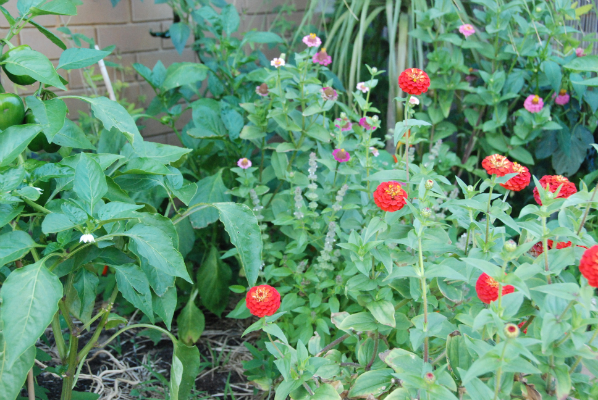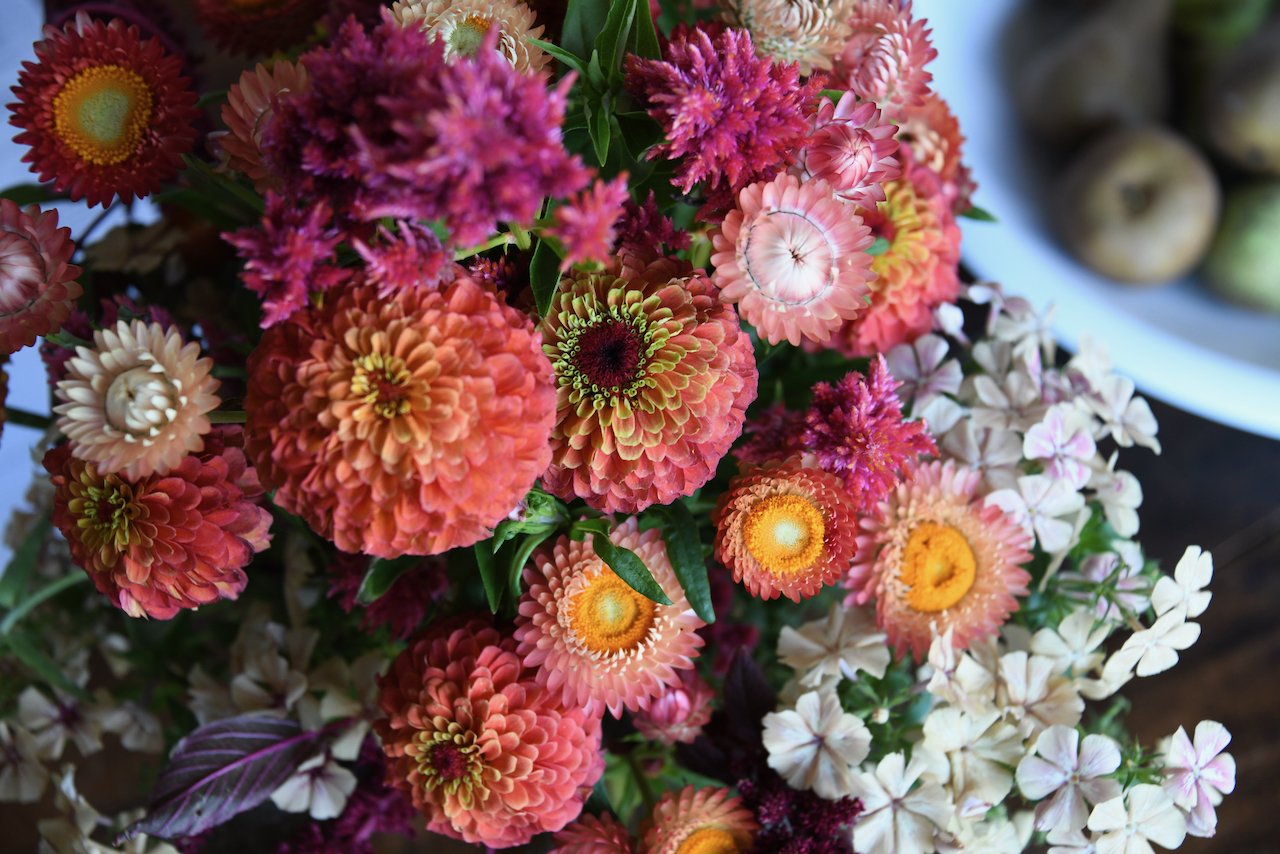Basil - Sacred Plant of India
/Next to the Lotus, basil is perhaps the most sacred plant of India. Basil is revered for its ability to open the heart and the mind, to engender love and devotion, and to strengthen faith, compassion and clarity. In India, basil is grown in domestic courtyards for three months and then worshiped with rice, flowers and lighted lamps (McIntrye, 165).
Basil gives the protection of the divine by clearing the aura and strengthening the immune system. A plant of basil should be kept in every house for its purifying influences. Basil absorbs positive ions, energizes negative ions, and liberates ozone from the sun's rays (Frawley/Lad, 103).
There are many varieties of Ocimum basilicum, as well as several related species or species hybrids also called basil. The type used in Italian food is typically called sweet basil, as opposed to Thai basil (O. basilicum var. thyrsiflora), lemon basil (O. × citriodorum) and holy basil or tulsi (Ocimum tenuiflorum). There are also various cultivars of Ocimum basilicum like 'Dark Opal' with its pure purple leaves.
Basil is a favorite tonic for melancholy and low spirits, and it has potent antispasmodic properties, making it useful for relieving headaches (Gladstar, 106). Basil may be taken as a beverage with honey to promote clarity of the mind. In Ayurveda, its taste is pungent and its energy is heating. It is an effective diaphoretic and febrifuge in most cold, flu and lung problems. It also improves colonic absorption and strengthens the nerve tissue, increasing memory (Frawley/Lad, 103).
As a garden companion, basil helps tomatoes to overcome both insects and disease, also improving growth and flavour. It repels mosquitoes and flies, and when laid over tomatoes in a serving bowl will deter fruit flies. Since the growing conditions are also similar to sweet peppers, plant the two together (Riotte, 29).
Anyone who has grown basil in the garden can attest to the delight the plant provides. It is incredibly aromatic and a casual bump when weeding or walking through the garden is enough to send the fragrance alight. With the various varieties come a range of colours from deep green to deep purple, making it a lovely garden plant.
And then there is the taste...from Italian pesto, to Thai green curry to grilled fish with lemon basil. It is a very versatile culinary herb.
Our basil plants are still in the greenhouse, right beside the tomatoes, growing stronger and getting ready for their imminent planting. Most basil is considered a tender annual- the leaves turn black with a frost, so we wait until late October to put it into the garden. As I nurture this sacred plant, rubbing it each time I am in the greenhouse just to smell the delicious fragrance, I am ever mindful of the incredible vibrations these plants bring with them.
And so, as we all await the summer and copious amounts of basil, I offer you...
Pesto - from the Moosewood Cookbook by Mollie Katzen
3 packed cups fresh basil leaves (removed from stems) 2 large cloves fresh garlic 1/2 cup pinenuts, walnuts, almonds or a combination 3/4 cup (packed) fresh-grated parsley 3/4 cup fresh-grated parmesan 1/2 cup olive oil 1/4 cup melted butter salt to taste
Combine everything except cheese in a mortar or blender. Thoroughly work everything into a smooth paste. Stir in parmesan. Toss with hot, drained pasta or spoon onto hot gnocchi.
Pesto freezes really well for year round enjoyment. Make as per recipe above leaving out the cheese. Freeze in serving sizes. To use, simply defrost and add to a variety of dishes.
-Family Herbal by Rosemary Gladstar, The Yoga of Herbs by Vincent Lad, The Complete Floral Healer by Anne McIntyre, Carrots Love Tomatoes by Louise Riotte, The Permaculture Home Garden by Linda Woodrow















